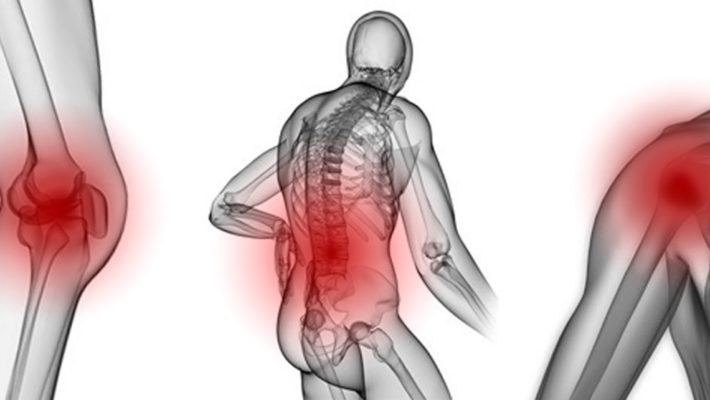
What is Manual Osteopathic Medicine?
Many patients have asked us ‘What is Manual Osteopathic Medicine and how can it help me?’ so we decided to create a blog post with all the answers to your questions!
Here is a breakdown of osteopathy and the conditions it can treat:
What is Manual Osteopathic Medicine?
Osteopathy is a natural and scientific way to treat the whole person. It was developed by Andrew T. Still, a frontier physician and American Civil War field surgeon, who grew disillusioned with the failure of conventional medicine and it’s dependence on addictive and often ineffective drugs. Osteopathy is a safe drug and surgery free alternative to treat problems that arise in the body.
Backed by a deep understanding of anatomy and physiology, the practitioner uses highly refined palpation skills to diagnose and treat imbalances. Practitioners use their hands to find problem areas in the body, then manipulate the bones, muscles and connective tissue to restore balance. Rather than simply treating the symptoms, an osteopath seeks to determine and treat the root of dysfunction resulting in lasting improvement.
As well as taking a detailed medical history of your symptoms, osteopaths also take time to look at your general lifestyle, including work, diet and exercise. This allows them to determine the underlying reasons for health problems and offer lifestyle and exercise advice to help prevent problems from recurring.
By bringing the body back into alignment the whole body functions more smoothly. Respiratory, digestive, excretory, hormonal, lymphatic, circulatory and nervous systems function more optimally. Fresh oxygen, blood and nutrients are brought into areas that were previously restricted. Manual therapy improves circulation, reduces swelling, eases pain and helps to restore movement.
As tension is released, energy flows more readily throughout the body allowing the patient to experience a greater sense of well being and balance. Allow osteopathy to guide your body back to a place of total body health, so you can focus on what’s important to you.
Manual Osteopathy is covered by most extended health care plans, please check with your insurance provider for details.
What are the Principles of Osteopathy?
- Structure governs function
Structure and function are thought to be intricately entwined. The structure must be able to move freely and not impinge on nerves and blood vessels. A body that is structurally sound is much less likely to be a vessel for disease. - The body functions as an integrated unit
Everything is connected and interdependent. If one part of the body is compromised or compensated it will affect the whole. - The body has the ability to self regulate
When structurally aligned the body has the inherent ability to self regulate. Once the fluid channels and nerve pathways are opened, the body is better able to self heal.
What are some techniques an Osteopath might use to treat me?
Trigger Point Release
Releases painful muscle contractions using the activator gun as well as manual methods
Myofascial Release
Releases restrictions in the connective tissue using soft tissue techniques
Soft Tissue Massage
Melts tension at all levels to create an overall feeling of relaxation
Joint Mobilizations
Gently brings the joints back into alignment, creating more space. The mobility of the joints is increased by passively moving skeletal joints, allowing the body to move with more fluidity and ease
Muscle Energy Techniques
Strengthens and stretches the muscles, tendons and ligaments through guided active and passive stretches
Cranial Osteopathy
This gentle therapy can be helpful with headaches, stress and fluid retention. The practitioner treats subtle imbalances by tapping into the primary respiratory mechanism to clear blockages in the cerebrospinal fluid
Therapeutic Exercises
Demonstrate stretches that can be practiced at home to create more lasting improvement
What conditions can Osteopathic medicine treat?
- Sore or pulled muscles and joints
- Chronic pain, fibromyalgia
- Postural problems
- Repetitive strain injuries
- TMJ syndrome and jaw problems
- Sprains and strains
- Whip lash, frozen shoulder
- Headached (tension, migraine)
- Digestive problems
- Post surgical pain, scar tissue
- Stress and anxiety
- Pinched nerve, sciatica
- Herniated or slipped disc
- Tendinitis or carpal tunnel
Interested in booking a treatment or want to learn more about Osteopathic medicine? Contact us today at info@yaletownnaturopathic.com to book an appointment or a free 15 minutes consultation to see if you would benefit from Osteopathic treatments.






Leave a Reply
You must be logged in to post a comment.